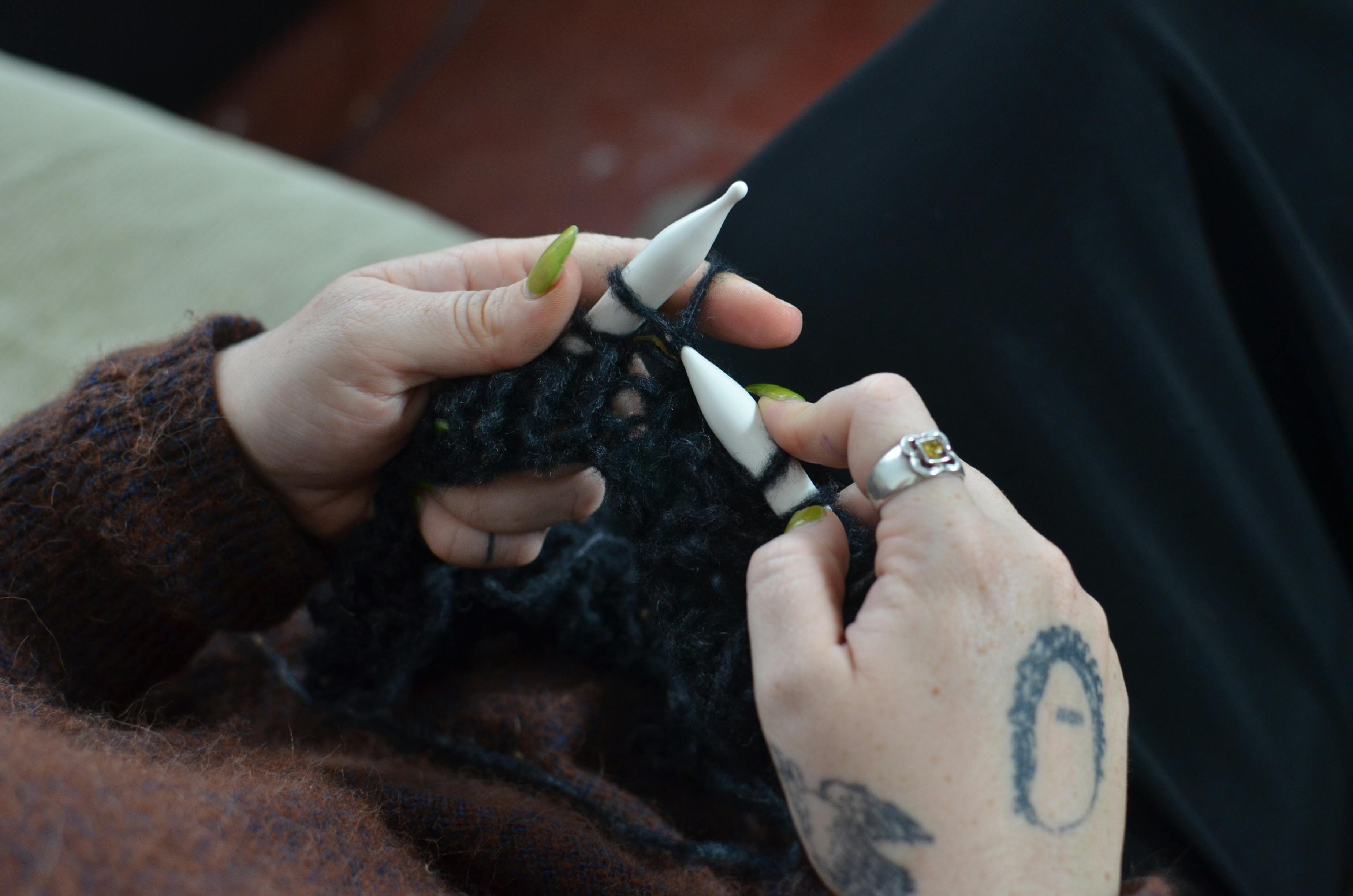As the drive to save the planet (or humanity’s existence on it!) really gets going on a global scale, there is an ever-increasing need to switch to newer energy-saving light bulbs. Producing the same amount of light, at a fraction of the energy use (30%), it’s clear why.
In fact, with these bulbs and other lighting systems, it is widely accepted that the carbon released into the environment could be reduced by as much as 16 billion tons over the next 25 years.
More good news also lies in the fact that the bulbs are recyclable; something that is simply not possible with traditional bulb types.
Of course, there are criticisms of energy-saving light bulbs. Many suggest that they are actually more harmful to the environment; arguing that the heavier manufacturing processes outweigh any benefits. With a lifespan 10 times that of traditional bulbs, any such deficit (if it exists at all) will be adequately offset.
Critics also claim that the mercury used in energy-saving light bulbs is a health risk. But again, with such low levels used, this is not a concern.
If further validation is needed; The amount of mercury released into the atmosphere by power plants would be significantly reduced if energy-saving light bulbs were used in sufficient quantities.
There is a measure of truth that these energy-saving light bulbs could aggravate the conditions for those who suffer from photosensitive skin. However, LED bulbs are also more efficient than traditional bulbs; and these do not cause any problem in this regard.
There used to be an argument that these energy saving light bulbs couldn’t work with dimming fixtures; which was a real bone of contention for many. However, this is a bridge that was crossed some time ago, so it is no longer a stumbling block for households. The price of such bulbs is higher, but the savings over the lifetime will outweigh it, of course.
When selecting which bulbs to buy, it pays to do some research to ensure you get the right product for your needs.
The lumen rating (the amount of light generated) should also be checked; and these figures should be the same from the traditional to the new alternative.
There is plenty of help out there to help you make the best choice, but as a rule of thumb you should buy a bulb with a wattage that is about one-fifth the wattage of traditional types.




